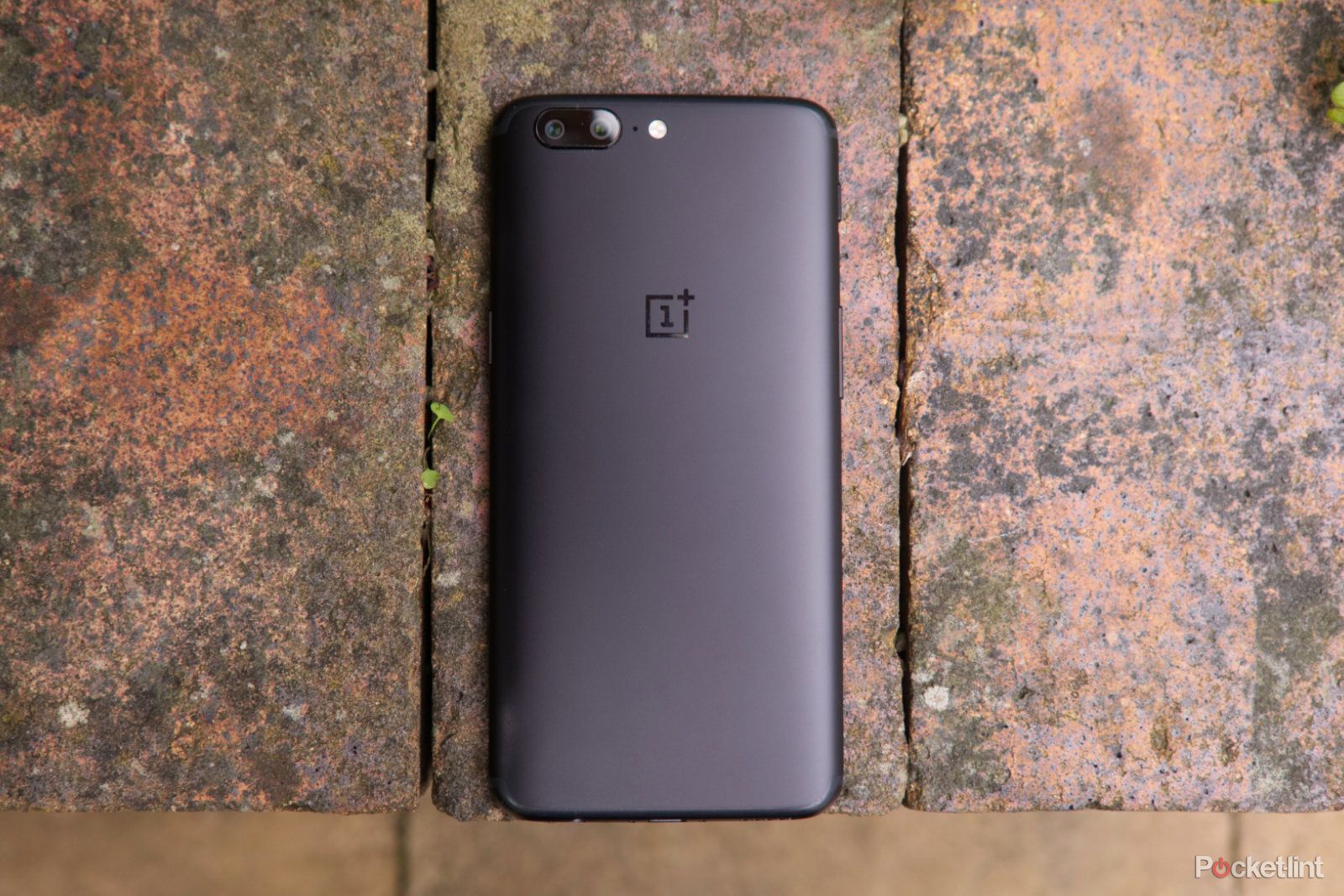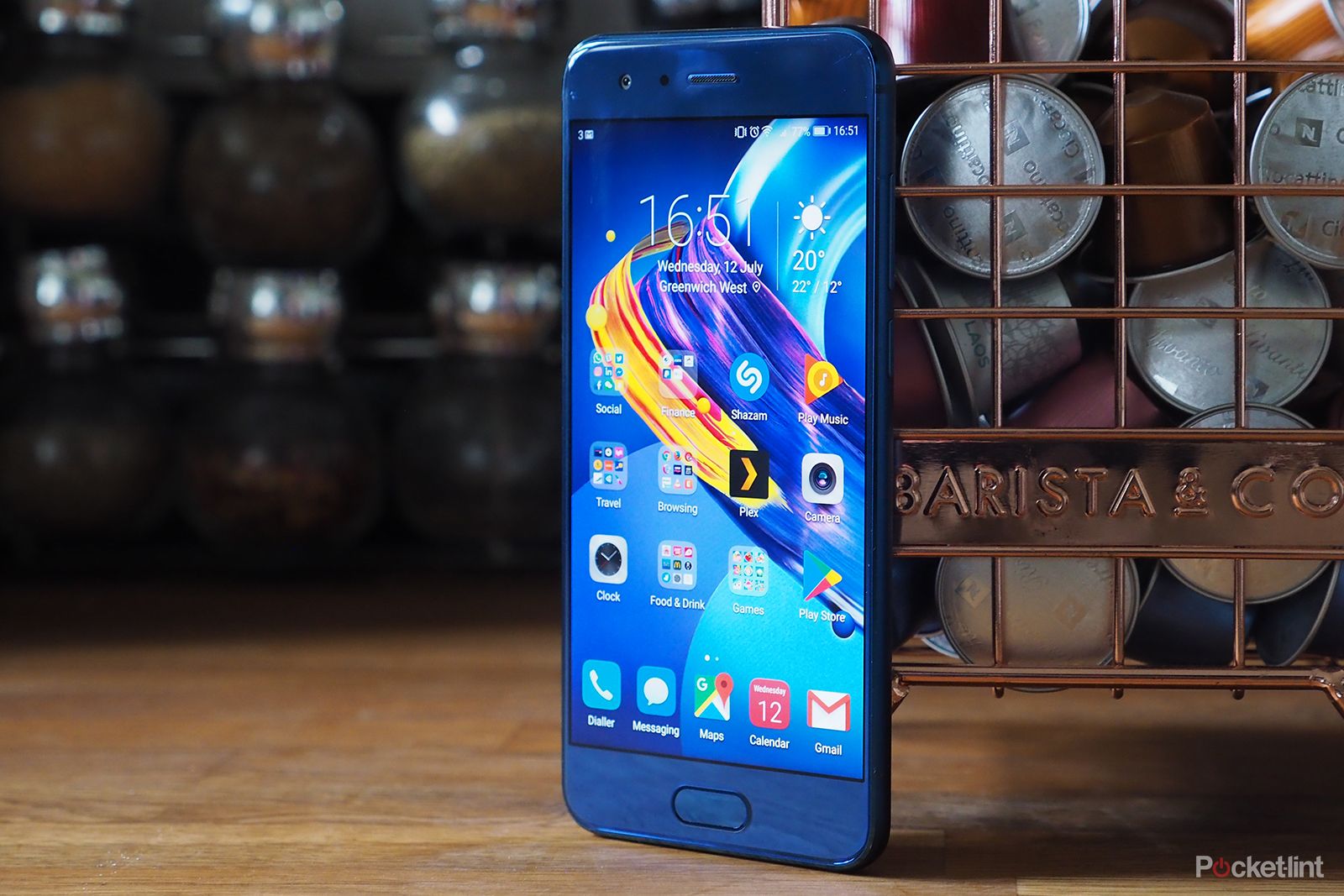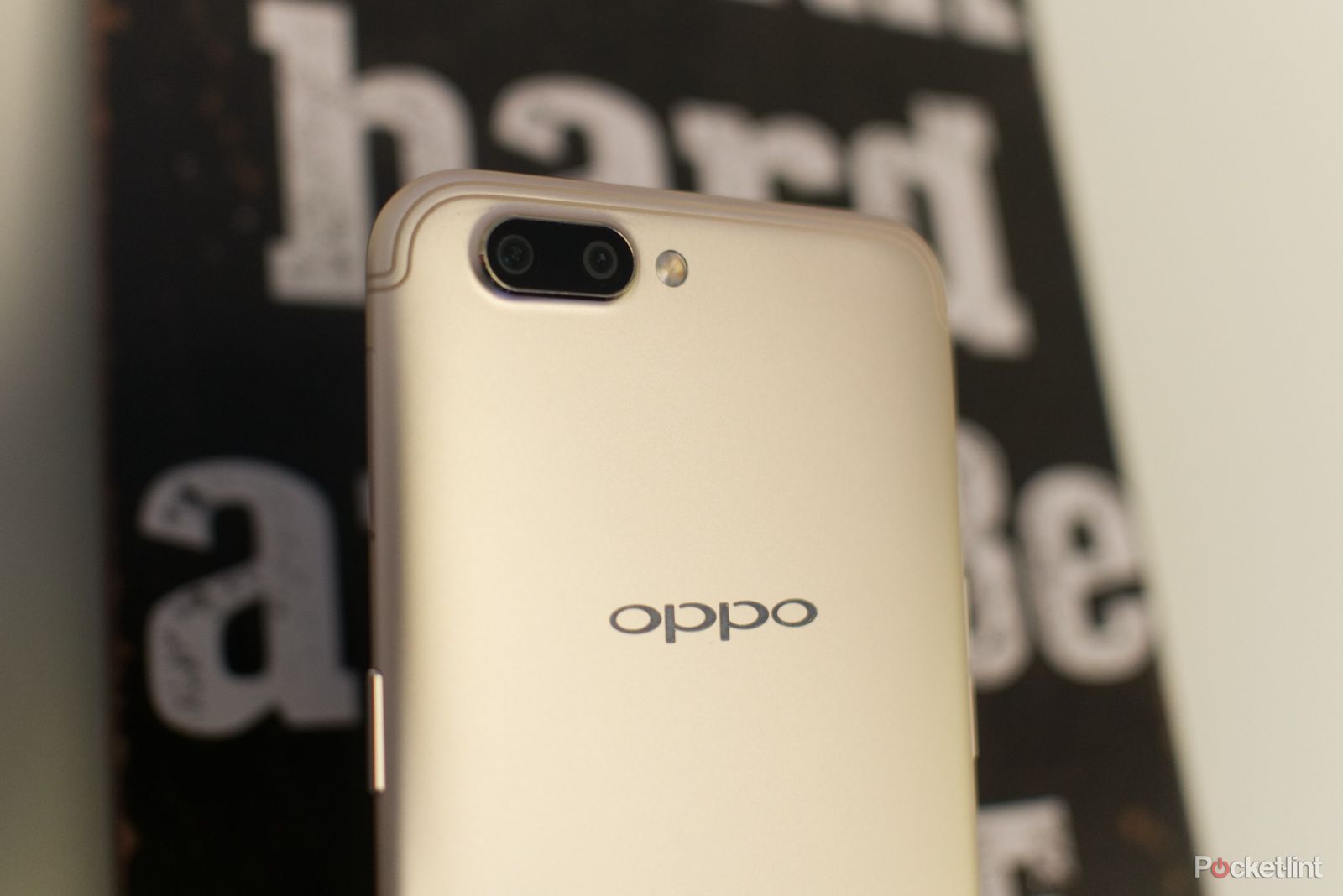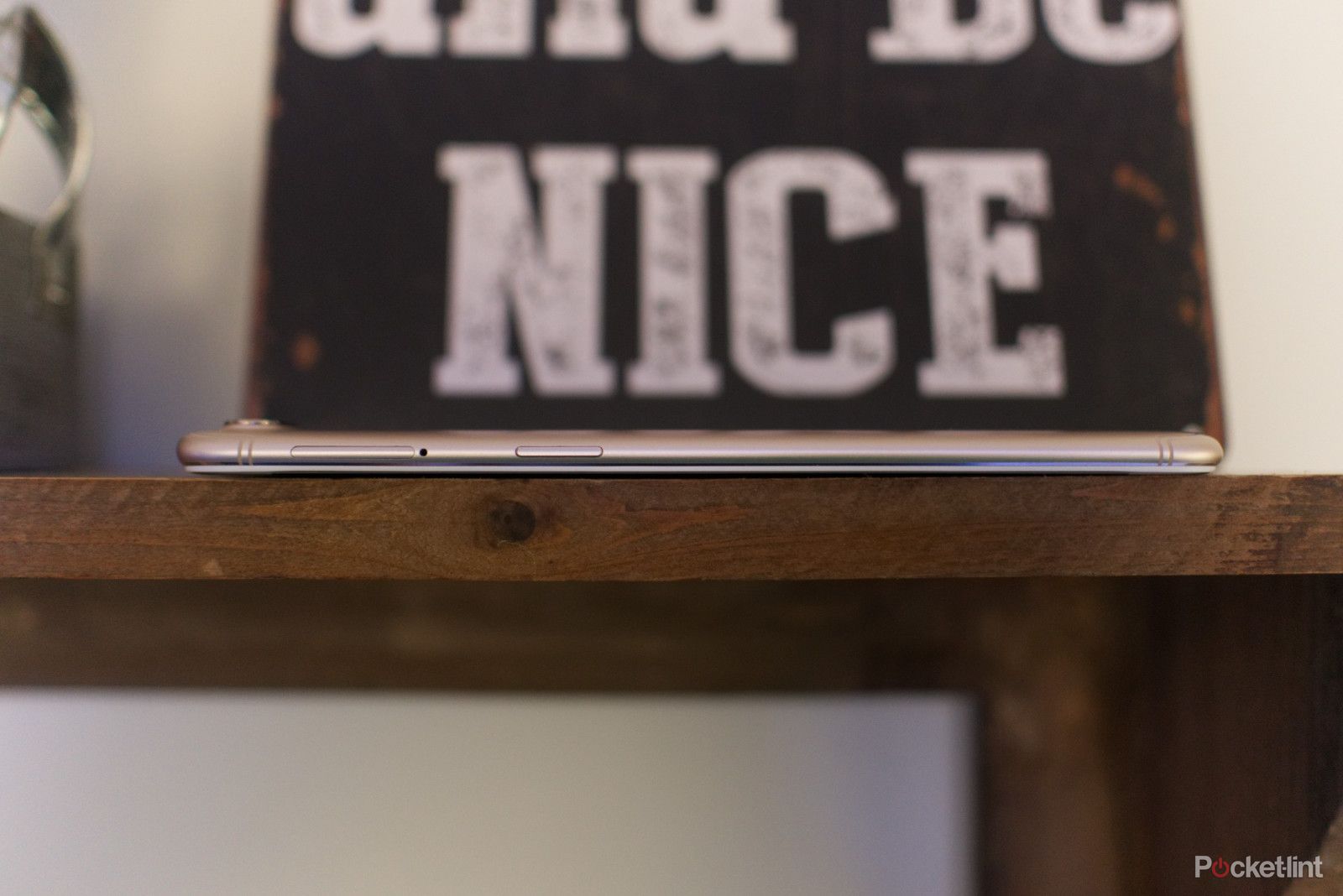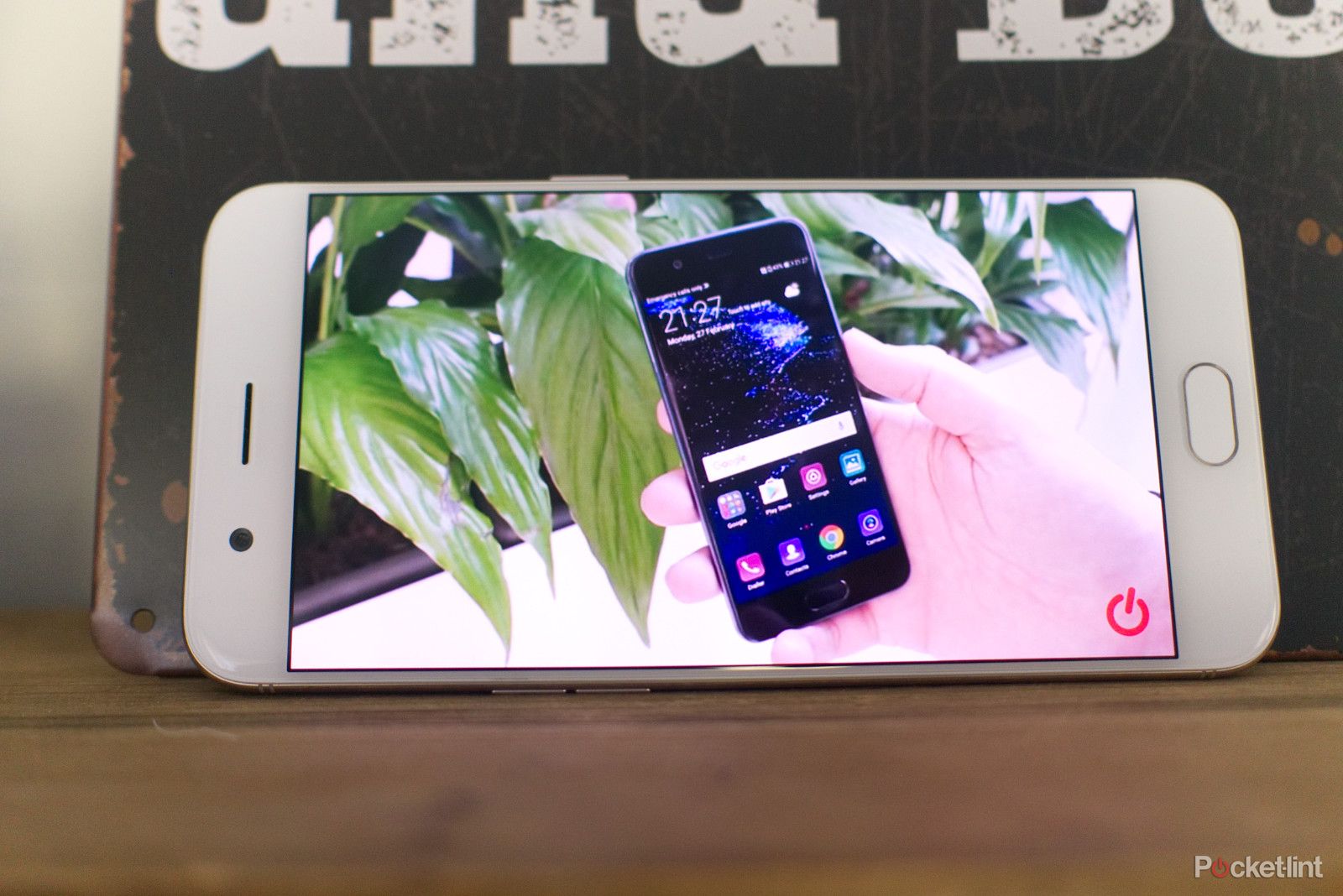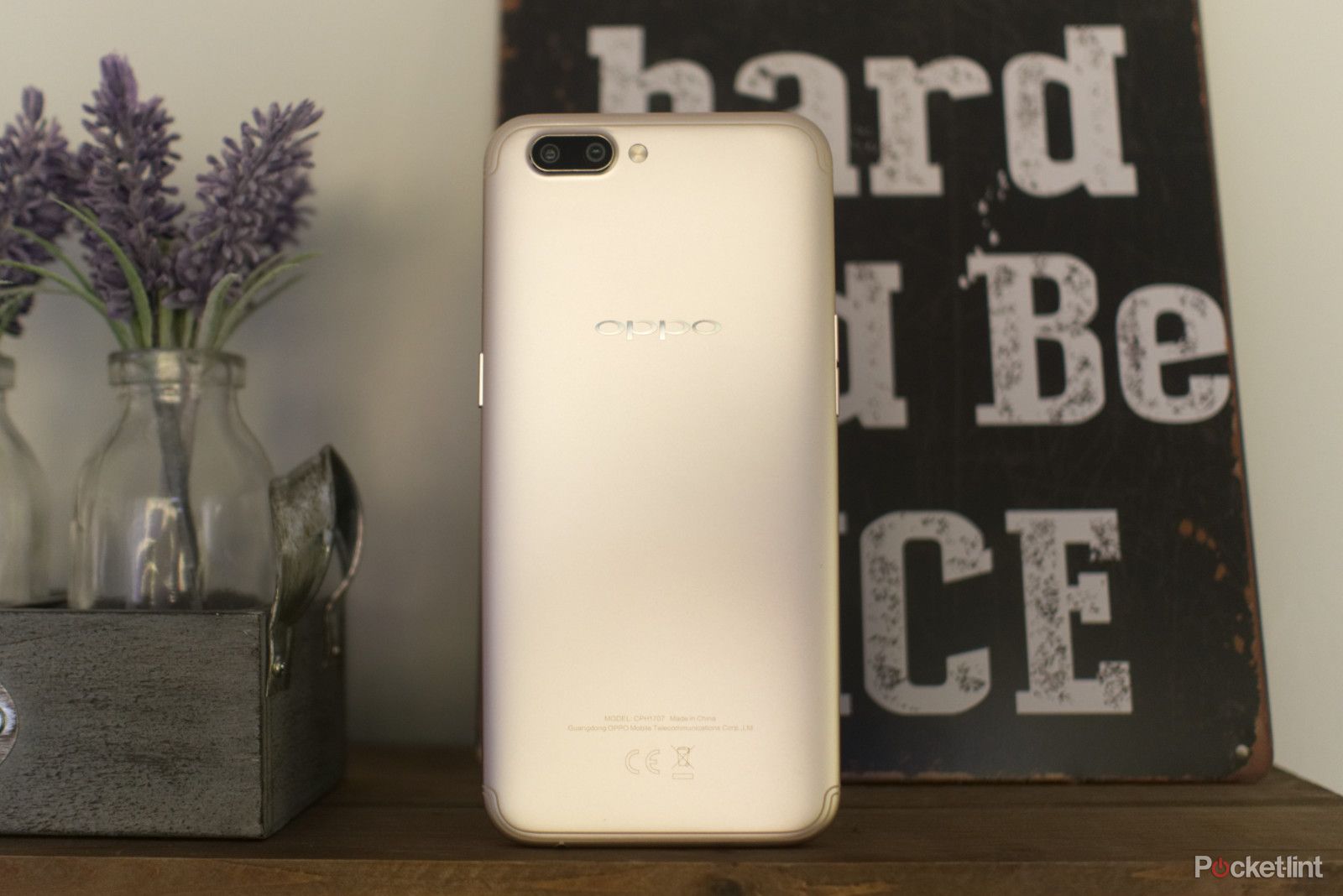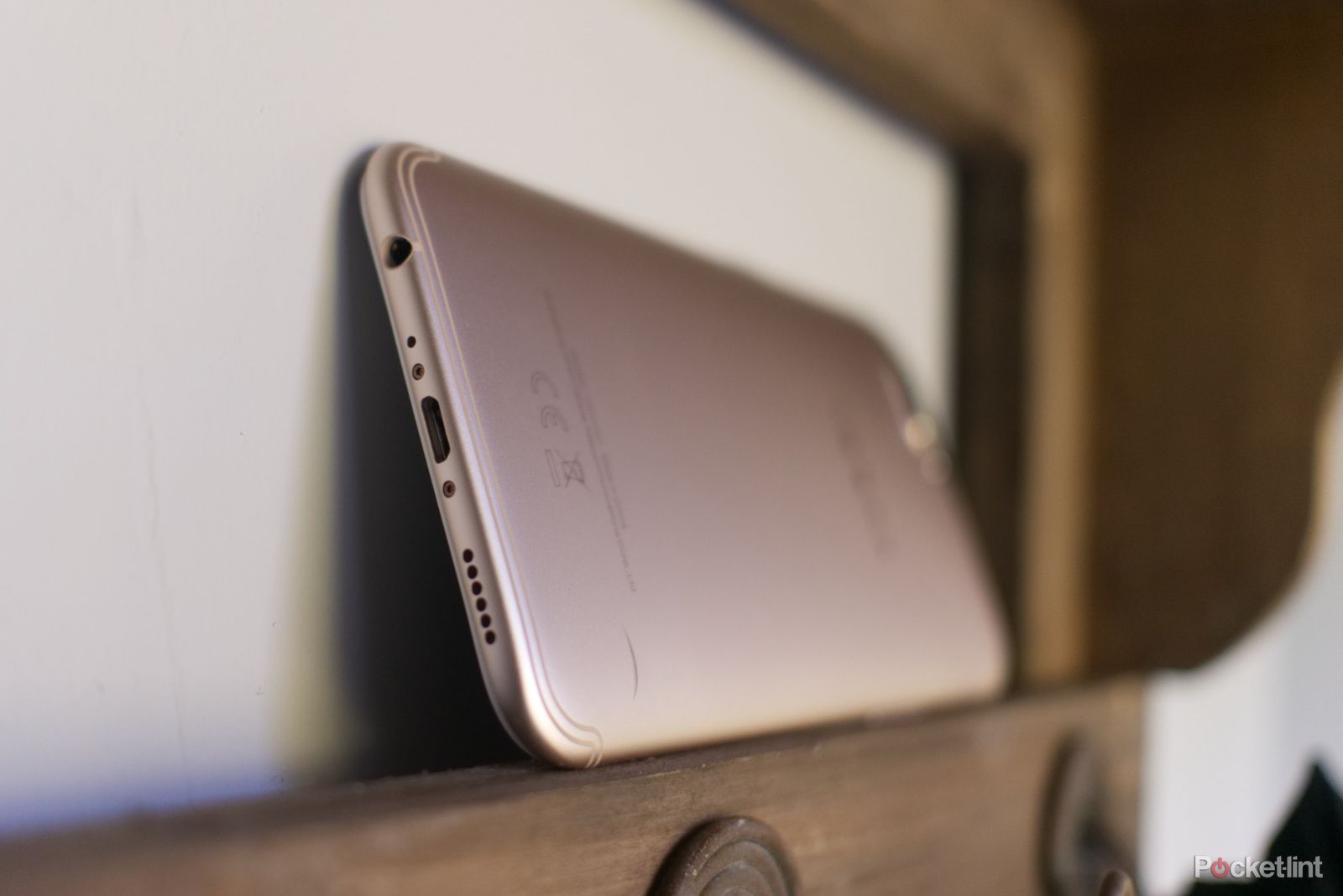You might not know it, but Oppo is one of the world's most popular phone manufacturers. On a global scale of shipped devices it's in fourth place, behind Samsung, Apple and Huawei. And that's without having a major presence in western markets like Europe and the US.
Our quick take
Despite lots of high points for its price point, the Oppo R11 is an almost-great phone rather than a genuinely great one.
It has some notable flaws, which in this day and age really need addressing. First, cellular connection should be reliable. Second, we shouldn't be dealing with smudges on screen glass in 2017. Fix these two points and the R11 would be elevated from almost there to actually there.
The main issue, perhaps, is that outside of Asia, the R11 just isn't easy to obtain. At least not through trusted retailers or carriers. And having to jump through extra hurdles for an almost-phone won't be a worthy venture for most.
All that said, the Oppo R11 has a lot of great features. The screen is really vibrant, its camera system is good, and it has one of the best fast-charging adapters we've seen so far. So when Oppo comes to the western market full tilt, we're sure it'll have ironed out any issues and be a future affordable smartphone force to watch.
Alternatives to consider
OnePlus 5
It's easier to buy in most markets than the Oppo, built from a solid block of aluminium and has a more powerful processor inside. What's more, it runs a cleaner version of Android with plenty of customisation options. Perhaps its one disadvantage is that it will leave you with a deeper hole in your pocket. Despite that, for £450, you're unlikely to find a better phone.
Read the full article: OnePlus 5 review
Honor 9
It's a similar price to the Oppo and is arguably one of the best mid-range phones available. Like its Chinese competition, Huawei's Honor brand typically uses a heavily customised version of Android, and has a dual camera system on the back. With its Kirin 960 processor, 6GB RAM and 64GB storage, it's also one of the most powerful and generously equipped phones around. It's also really hot in Sapphire Blue.
Read full article: Honor 9 review
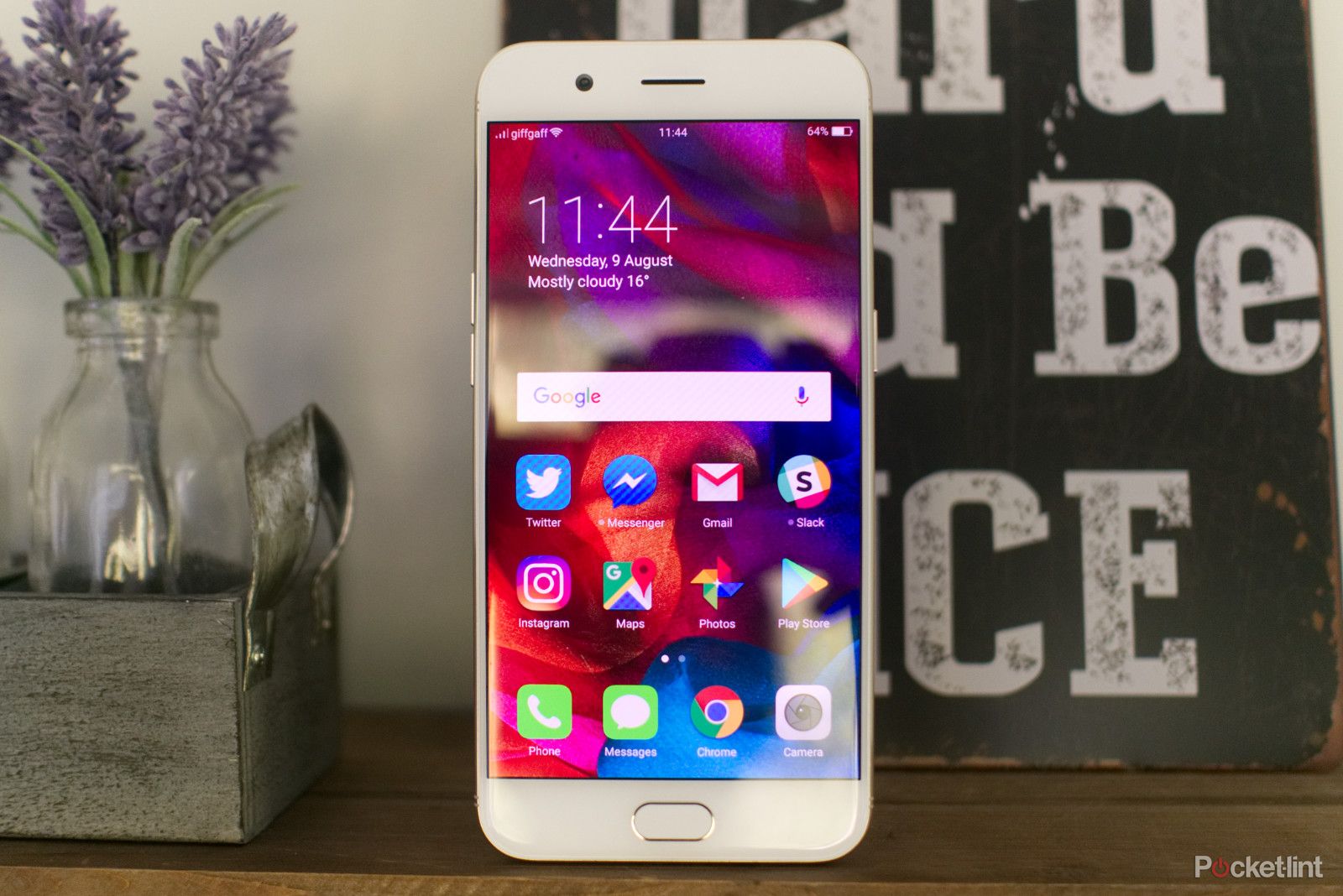
Oppo R11 - 3.5 / 5
| FOR | AGAINST |
|---|---|
|
|
Oppo R11
The Chinese manufacturer's latest flagship, the R11, isn't easy to obtain in ol' Blighty - but having persevered to obtain one, it's easy to see from this phone's mix of affordability and features why the company has become popular in Asian and Australian markets.
Does the Oppo R11 set the standard that the western world will see in the near future, or is it too short to stand up to the big guns?
Oppo R11 review: Design
- 154.5 x 74.8 x 6.8mm; 150g
- Fingerprint scanner positioned to front
Dealing with the elephant in the room first, just to get it out of the way, the R11 does look familiar, doesn't it? With its smooth metal back and the dual camera system sat in its protruding oblong housing near the top left corner, it's all rather iPhone 7 Plus.
Even the Antenna bands run along the inside the edges - which are mostly covered and finished to match the metallic colour of the phone's chassis in a way that creates the illusion of two parallel, skinny bands running alongside each other - has an air of iPhone about it.
Then again, it's getting harder to tell phones apart these days. Apart from the BlackBerry KeyOne with its physical keyboard and the HTC U11 with its eye-catching Liquid Surface finish, perhaps. As with this Oppo, most makers now have some form of metal on the back, while the front is a glass sheet and a fingerprint sensor below the display.
The R11 does have its own standout features, though, such as the thickness. At just 6.8mm it's undoubtedly one of the slimmest 5.5-inch phones out there. That's half a millimetre slimmer than an iPhone 7 Plus and 1.7mm slimmer than the Google Pixel XL. In addition to this, the R11's back curves towards the edges, leaving the sides even more impressively slim. With a big phone like this, that's essential, ensuring a phone that feels comfortable to hold. This is aided further by the super thin bezel on the sides of the display, so that screen doesn't feel too fat.
Under the display you'll find a familiar pill-shaped home button with incorporated fingerprint scanner, encapsulated by a gold metal edging. This is flanked by invisible capacitive recent apps and back buttons which light up for a short time when you wake the phone.
On the whole, there's nothing spectacular or tremendously unique about the Oppo R11's design. It's attractive, lightweight and slim. As such, you might expect to get people mistaking it for a OnePlus 5 or an iPhone 7 Plus - which does to show how good value the Oppo is, as it's less than half the price of the Apple device.
Oppo R11 review: Display
- 5.5-inch AMOLED panel
- 1920 x 1080 resolution (401ppi)
Display specs almost write themselves these days, at least in the middleweight phone category. Like many others, the R11 comes with a typical 5.5-inch AMOLED panel, featuring a Full HD resolution.
As you'd expect from this kind of panel, the end result is a screen that's bright and very colourful. The R11's operating system - which is Oppo's ColorOS, built from an Android base - has a default colour scheme makes full use of this fact, with the bright green Phone and Message logos looking especially vivid.
In general, though, the experience of watching videos via YouTube and Netflix, or playing games, is as good as any other 1080p display we've used in recent times. Details are crisp, colours are not too saturated and whites are well balanced. And, but of course, those deep and inky blacks are there, thanks to the AMOLED technology.
One slight negative is that, at times, fingerprint smudges created a strange rainbowing effect on the screen. It's similar to what we've seen on the Huawei P10 and P10 Plus. This suggests that there isn't an olephobic coating on the display.
This tarnishes the entire experience of using the phone, particularly at night, and especially once you've been using it for a few hours. You end up wiping the screen more often than is normal, unless you leave the pre-applied screen protector on, in which case you end up swiping across plastic film, which never feels as nice as direct interaction with the glass.
Oppo R11 review: Software
- ColorOS 3.1 operating system
- Based on Android 7.1.1 Nougat
While Oppo uses Google's Android operating system at its core, it applies its ColorOS skin on top. Which is actually so distinct that it's hard to recognise as Android at all. It kind of feels like a strange concoction between iOS and Android; it's not as similar to iOS as previous versions of Oppo's setup were, but there are elements there clearly similar to Apple's operating system.
As an example: swiping down from the top of the R11's screen only shows notifications along with the current time, date and weather (Android proper would show shortcuts, settings access and brightness adjustment). Swiping up from the bottom reveals a panel full of quick settings toggles for adjusting screen brightness, quickly switching Wi-Fi, silent mode, Bluetooth, location services and other features on or off (which would normally be a swipe down in stock Android). Likewise, launching the recent apps screen reveals the apps in full-view portrait cards that you swipe through horizontally (although some other Chinese makers use this format, such as Huawei with its EMUI reskin).
If you don't like the R11's default look then there are downloadable themes and wallpapers, so you can change the way all the icons look.
Other preinstalled features include the usual selection of Oppo's own apps. There's the voice recorder, compass, file manager, calculator, clock and WPS Office suite. Another nice touch is the weather app, which is attractive, animated, and has an app icon that dynamically changes to match the current weather conditions.
One of the more useful features is App Encryption. This lets you lock individual apps behind a PIN, pattern or fingerprint scan, similar to what we've seen from a few modern Android smartphones.
There's also the Security app which lets you quickly unclog the phone's system by cleaning out unused files and functions from the storage and running memory. This app also includes quick access to manage app permissions, as well as the ability to select which apps can run on startup and continuously in the background.
Oppo R11 review: Performance
- Octa-core Snapdragon 660 processor
- 4GB RAM
- 64GB storage (expandable)
We're no strangers to Qualcomm's Snapdragon's 600-series platforms, which is seemingly the chipset of choice for manufacturers looking to make relatively affordable smartphones. The Snapdragon 660 in this Oppo is one of the latest in this mid-range portfolio, and it's just as impressive as its predecessor.
Browsing the web, switching between apps and loading games is a stress-free experience on the R11. As you'd expect, the 660 doesn't make for an experience that's as lightning fast as its more powerful sibling, the Snapdragon 835, but it's not far off in real, everyday use. Unless you sit the phone side-by-side with a true flagship device, you won't notice it being slow at all. At least not when you're connected to a good Wi-Fi network.
One area where performance did struggle was in cellular connectivity. Our test unit had a hard time delivering reliable mobile performance when we were out and about. Struggling to download content and information reliably made for a frustrating experience.
Oppo R11 review: Battery life
- 3,000 mAh battery
- VOOC fast-charging
Under the hood the R11 has a reasonably capacious battery. Its performance was on par with what we expected from such a specification, so even if you're a heavy user you shouldn't struggle to get through a full working day with it. With our typical, light-to-moderate use, we made it to bedtime most days with between 20-35 per cent remaining in the tank.
Oppo's best feature is its VOOC fast-charging technology. It's identical to the better known OnePlus Dash Charge technology, in that it delivers the same current/voltage, and dissipates the heat using the provided cable. Unlike OnePlus, however, it's a Micro-USB connector at the end of the cable, not a Type-C one.
The fact the R11 and its charging tech use an older connector is irrelevant, because the results are just as impressive. We plugged the Oppo in when the battery had dipped to three per cent, left it for an hour, and the VOOC adapter managed to get the battery all the way back up to 95 per cent.
Perhaps even more impressively, the Oppo VOOC charging is capable of filling up a battery almost as quickly even if you're using the phone at the time.
In real-world use this can mean a complete change in the way you use your phone. You no longer need to plug it in overnight, because the battery optimisations mean that, even if it's as low as 10 per cent when you go to bed, you'll still have a little left over when you wake up. You can plug it in, get up, go for a shower, have your breakfast - or do whatever you do to get ready for work - and the R11 will likely be fully topped up and ready for the day before you leave.
Even if you're a last-minute kind of person who only gets up 30 minutes before you need to leave, you can get the battery back up to 60-70 per cent within half an hour, from almost empty. Again, this is ideal for those nights out on the town after a long busy day at work. You can come home, plug it in while you're getting ready, and it'll supply the charge you need for a night out within 20 minutes. It's lightning fast, and it's hard to go back to other charging technologies once you've tried it.
Oppo R11 review: Camera
- Dual 20MP/16MP system
- 2X zoom and depth effect options
- 4K video recording at 30fps
- 20MP front facing camera
Following the trend of other dual camera phones, the Oppo R11 combines two lenses and two sensors to enable depth effects in portait photos, adding lots of background blur via software while keeping the subject in the foreground nice and sharp. In this particular instance, the company is using one 20-megapixel sensor alongside a 16-megapixel one.
The higher-resolution sensor is paired with an f/2.6 aperture lens, while the 16-megapixel one boasts a faster f/1.7 aperture lens, allowing for even more light to enter to avoid the kind of processing that can diminish quality to excess. It's also equipped with phase-detection autofocus and an LED flash.
The resulting images when shooting in good daylight are rather good, with ample detailing and fairly well balanced colours. It's not as blow-away as the processing really high-end smartphones can render, though, as you'll be able to witness when zooming in to see some detail is lost (you maybe won't see that clearly when looking at the entire photo from a small smartphone display).
Left to its own devices in automatic mode, the R11's camera can often end up leaving highlighted areas overexposed. However, there is an expert mode which allows you to control many of the capture settings. You can adjust white balance, exposure compensation, ISO sensitivity, shutter speed and manual focus. In addition, the mode also lets you select which of the two rear cameras you want to use, choose to switch on "Ultra HD" mode (which supposedly makes things clearer), set a timer, and add an alignment tool on-screen overlay to get you shooting straight.
Oppo R11
To recap
In the end, the Oppo R11 is a phone that is almost great. Almost. It has some flaws, which in this day and age really need addressing. A mobile phone's cellular connection should be reliable, and we should be dealing with smudging glass in 2017. Oleophobic screens have existed for more than a decade now.

